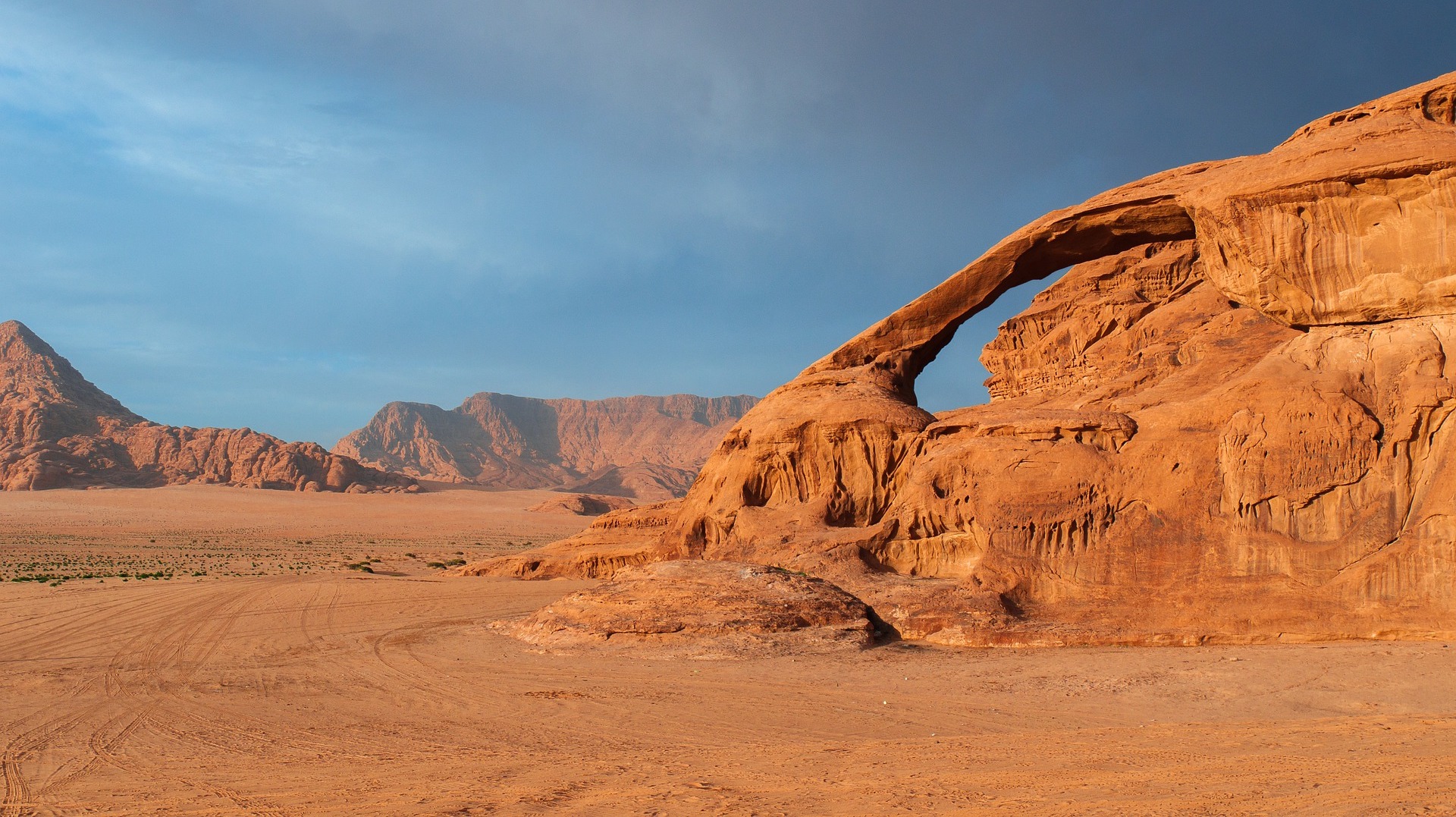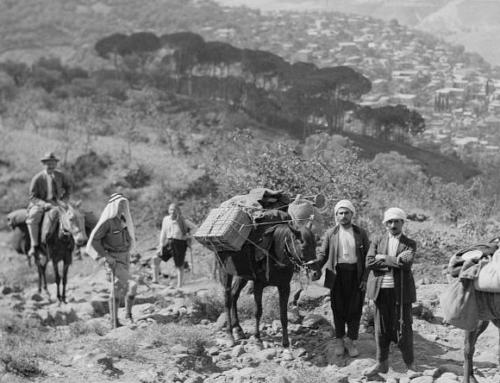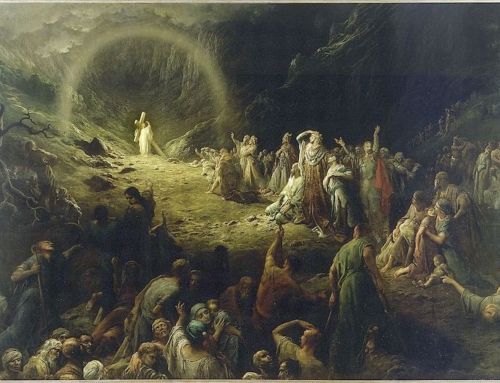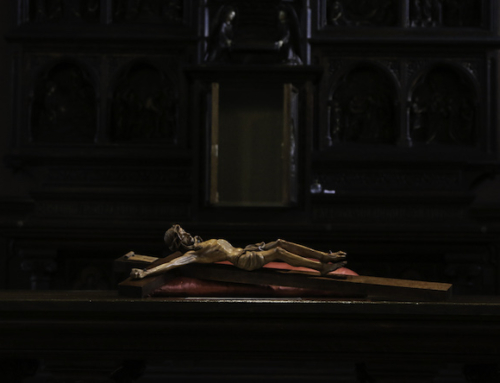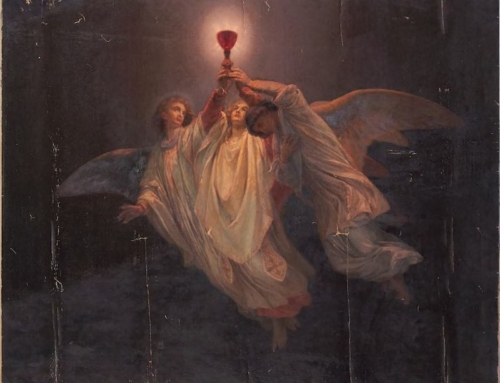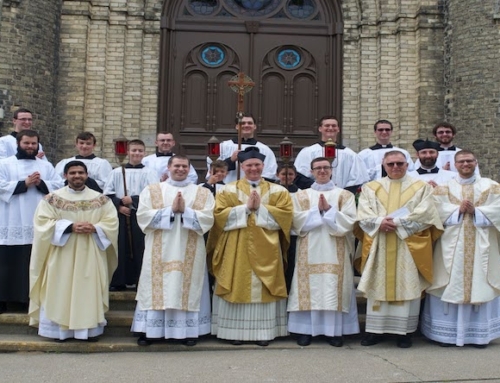When we ponder how the Old Testament points to Jesus, we often recall prophetic oracles. We might think of the Lord’s word to Ahaz, “the virgin shall conceive and bear a son” (Isa 7:14), or his word to Moses, “I will raise up for them a prophet like you from among their kindred” (Deut 18:18), or his word to David, “I will raise up your offspring after you, sprung from your loins, and I will establish his kingdom” (2 Sam 7:12). In these and many other passages, God’s word describes a future reality. These words are mysterious to us because they give us a glimpse of his foreknowledge. However, God’s best foretelling is not done by merely speaking words, but by also moving his creation to foretell events!
The clearest example of this is Israel’s Exodus from Egypt. At first glance, Exodus seems like a mere story. Yet it is so much more than a simple history because many of its events are signs of a deeper reality. This reality is fully understood in Jesus Christ and his Church. The Passover where the Hebrew firstborns were saved by the blood of a lamb foretells our Passover where we are saved forever by the blood of the Lamb (Exod 12). Israel’s walk through the sea from slavery to freedom foretells our bath in the font from the slavery of sin to freedom as adopted sons and daughters (Exod 14). The bread in the desert foretells the sacred banquet he gives from heaven (Exod 16). Fifty days after Passover, the descent of the clouds and fire on Mount Sinai foretell the descent of the Holy Spirit fifty days after the Resurrection (Exod 19). The Law written on the tablets foretells the law written on the heart (Exod 20), and the presence of God in the Ark of the Covenant foretells God’s presence in the Christian soul (Exod 40).
This story, the prequel of our salvation in Jesus Christ, did not just happen by chance. Every single event was known in God’s mind and was executed according to his Providence. Later authors under divine inspiration recall this prequel. The prophets, like Hosea, look back to the Exodus as the ideal event and foretell the new Exodus (Hos 2:16–17). Wisdom books like the Wisdom of Solomon recount the Exodus as a work of God’s Providence (Wis 14:3). The psalms sing about God’s power over nature in the Exodus (Ps 114). The Gospels even show signs of the fulfillment of these events with our Lord’s journey into the desert (Matt 4), and his proclamation of a new commandment (John 13:34).
Yet, when we read Exodus, we need not only recount the Old Testament stories themselves and their fulfillment in a man who lived two thousand years ago. The events foretold in the Exodus exist now! The Passion and Resurrection of Jesus are not limited to history, but we receive their effects now! Jesus not only gave his Church signs to help us remember his life. He also gave us the seven sacraments which heal and transform us by grace.
Next week the Church will begin her Lenten fast, and each Christian is called to make a spiritual Exodus. This journey into the spiritual desert will look different for each Christian, but the Church in her liturgy presents the Exodus into the actual desert as a model for our Lenten disciplines. The Liturgy of the Hours will give us a four-week journey with the sons of Israel into the desert, and any Christian can conveniently break up the forty chapters of Exodus over the days of Lent. Recalling Israel’s Exodus should not only help us reflect on our own spiritual life and God’s work in our lives. But it should help us look to the person that these signs prefigure and who dwells with us.
✠
Photo by Christel (ChiemSeherin) on Pixabay

